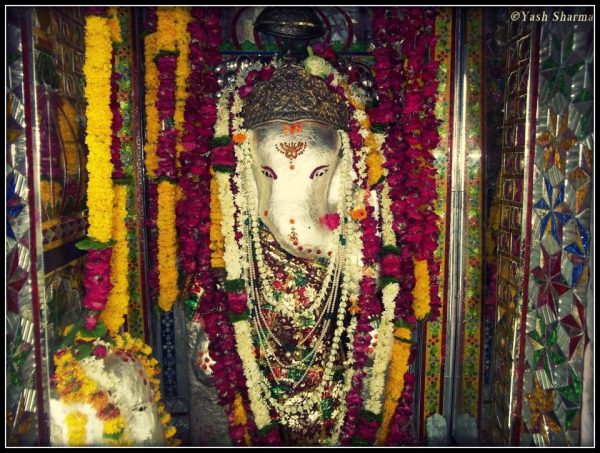Posted inFestivals
Ganesh Chaturthi 2012 – Ganpati Bappa Moriya!
“Vakratunda Mahaakaaya Suryakotee Sama Prabha, Nirvighnam kuru mey Deva, Sarva kaaryeshu Sarvadaa” Lord Ganesh, the elephant headed God, the son of Shiva and Parvati, invoked at every beginning and every…
